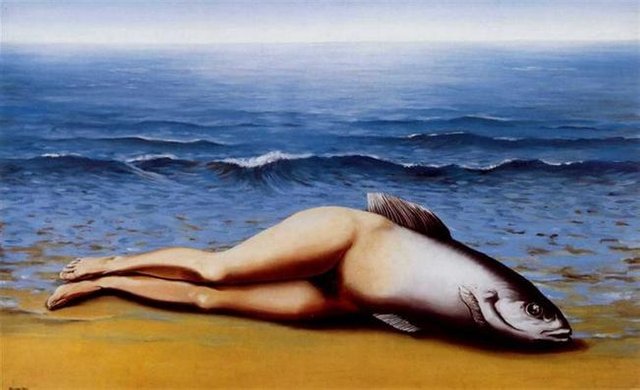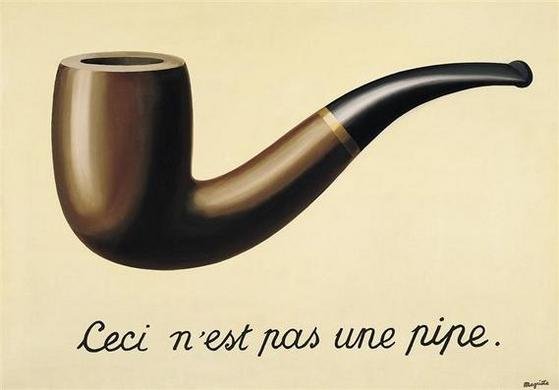ADSactly Poetry: Language And Poetic Image

Dear readers, I share a work that I wrote some time ago, but which remained unpublished. It is about theoretical-critical considerations about language and its relationship with the poetic. Thank you for your reading.
Preliminary
Before we get into the subject, let us specify two fundamental premises to understand each other better.
What do we mean when we talk about language in this text? We differentiate it from language (it was celebrated in April its day). The concept we use is much broader; we assume language as the human faculty to communicate through a system of signs, which can be a language, but also other sign systems. This allows us to talk about verbal language and non-verbal language (the gestural, graphic or iconic, musical, cinematographic, etc.) Here we deal with verbal language.
What do we mean by image? We frame it in the field of the verbal. We will follow the proposal of Octavio Paz, author who is a guide in this work, who assumes the image as any verbal form -whether word, phrase or set of phrases- that configures the saying in the text (poem or other verbal manifestation).

Every image brings together or brings together opposite realities, different or distant from each other.
Apparently, science would claim something similar: by the same rational reduction, individuals and objects become homogeneous units. When science does this, it carries out a process of abstraction, by which things leave their own way of being and lose, through that kind of concealment called abstraction, all their qualities and their autonomy. The homogenizing or unifying process of science mutilates and impoverishes them.
As Paz will argue, something else happens in poetic language; in it the elements of the image do not lose their concrete and singular character. The image is uncomfortable because it "defies the principle of contradiction", so dear to Western logic, and even to dialectics, whose insufficiency seems to lie in its attempt to save logical principles: the thesis precedes the antithesis, and both disappear to give way to a new affirmation that, by encompassing them, transforms them. In the most generalized conception of Western and dialectical thought, affirmation and negation manifest themselves in separate times, never in a simultaneous existence.
The history of ideas and of the world in the West has essentially been built on the cut-off difference between what is and what is not. For poetic language, this is this and that is that, and, at the same time, this is that, as Octavio Paz rightly states. The poet Arthur Rimbaud, in his Letter from the Seer, expressed: "I am another". Thus, a coexistence in movement and necessary of the opposites is revealed, but also their final identity. The being endures in its primordial chaos.
Western logic has constructed a world of references and representations that is expressed in a discourse of objectivity, sometimes subtle, sometimes brusque, that pretends to unify the plurality and ambivalence of things, of which the standard scientific discourse is its most sophisticated construction. "All our versions of the real -silogisms, descriptions, scientific formulas, practical comments, etc.- do not recreate what they are trying to express. They simply represent or describe it," says Octavio Paz.

In the moment of perception, reality is shown to us in its plurality and ambiguity. Its structuring in the normative or scientific discourse goes through a process, generally not visible, that turns this contradictory reality into a skeletal and reduced formulation.
The image restores to reality its plural, immediate, complex, unbalanced character, as we apprehend it at the moment of perception, and revives that which essentially survives in the darkest and most remote part of our daily experience. "The verse, the phrase-rhythm, evokes, resurrects, awakens, recreates (...), does not represent, but presents", Octavio Paz contributes.
This operation, which takes place in poetic language through the image, allows the word to recover its original richness, its polyvalence in meaning. Polysemy is revived by the magical development of language made image.
Usual, objective language not only tends to be univocal, to restrict the sense or meaning to an existence of precise and unique data, but also the word is conceived as a means, an instrument to transmit that unique meaning.
Thus, the objective is also instrumental. Our objective world (system of objects, according to Jean Baudrillard) is constituted in the realm of instrumentality, and in it the truth of everything is to be a means, that is, to serve for. In this conception -dominant in our civilization-, the existence of language is reduced to being a means of transmitting concepts, ideas, etc. And as Fernando Savater says, "there is no creation in the strictly instrumental sphere, only reproduction".

The meaning of the poetic image, on the contrary, is the image itself. The image explains itself. It is its own foundation. Therefore, the image is not a medium; it is irreducible to any explanation. Language and its words become irreplaceable, they move away from the instrumentality in which they have been wrapped and paralyzed by the gray empire of the objective, whose power reaches the point that this approach is not even possible to be thought of by our brains, accustomed to the only "normal" and possible experience: that of language as an instrument.
Hence, the utilitarian, the instrumental, as simple reproduction, tends to hinder or obstruct the exercise of the creative imagination.
As has been said, the image reconciles the opposites - this is it - but this reconciliation cannot be explained simply by the word - except by the image, in which they have already ceased to be, to be something else. In this way, language, invaded by poetry (i.e., the image), is pierced and transformed; it ceases to be mere language, as a set of signifiers that refer to specific meanings. To put it with Octavio Paz, the image "says the unspeakable".
***
Bibliographical references
Paz, Octavio (1973). The arch and the lyre Mexico: Fondo de Cultura Económica.
Rimbaud, Arthur (1986). A season in hell. The illuminations. Letter from the seer. Venezuela: Monte Ávila Editores.
Savater, Fernando (1982). The task of the hero. Spain: Taurus Publishers.
Written by @josemalavem
Click the coin below to join our Discord Server
)
Very complex and interesting work! Thank you for trying to explain the meaning of the poetic image. Non-spoken language has the possibility of multi-signification, based not only on the experience of the performer but also on the ability to interpret. A poetic image, perhaps in our reality does not exist, but as a reality in the text it has its meaning. I don't know if I've explained myself. LOL. Greetings, @josemalavem!
As always, I appreciate your reading and commentary, @nancybriti. I do understand what you're saying. The existence of the poetic image is produced in the text itself and has its full meaning within it. Now, as some thinkers and poets have said, that image somehow "enters" into reality, because, in my real connection with it (with the image), it enriches my world and affects it. Greetings.